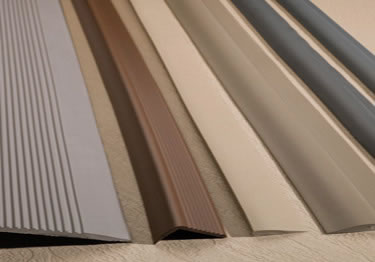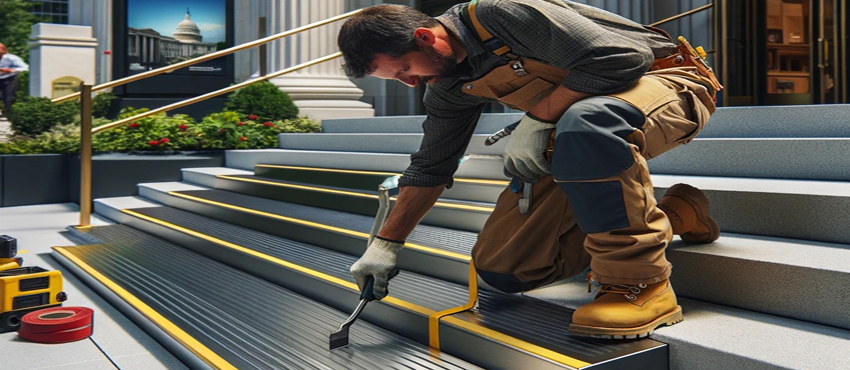
Explore our collection of Common Tile Stair Nosing Products to discover the latest trends and designs that enhance both safety and aesthetics in your space. Currently, many floors feature tiles, known for their attractiveness compared to traditional cemented floors. Therefore, an appealing tiled floor should be complemented by stylish tile nosing products. These products ensure that the house maintains its charm even after many years of construction.
To start, stair nosing is a relatively new technology enabling developers to enhance stairs’ attractiveness and longevity by placing a custom-designed material on their edges. This approach has the advantage of extending the stairs’ lifespan. Especially in public/commercial buildings experiencing high daily foot traffic, stairs often face wear and tear within a few months. Tile stair nosing products prove to be efficient in such cases.
There are many tile stair nosing products which can be used in floors. These products usually come in different sizes, colours and general specifications. This means that each product is usually unique in its own way. Each has its own advantages and disadvantages. This article will present a case argument on a number of tile stair nosing products which are commonly used.
Rubber
To date, the most commonly used tile stair nosing product is rubber, owing to its ease of handling and manipulation. For example, when creating a 45o curve on the edge of the stair to match the stair’s design, rubber proves to be the best option compared to other solids that require more time for manipulation. Additionally, rubber is available in a variety of colors and designs, making it suitable for any type of tile. Furthermore, rubber can be applied using glue or nuts to securely adhere to the surface. However, it has two disadvantages: it wears out over time, especially in high-traffic buildings, and its soft nature can lead to accidents by sticking to certain shoe types.
Metal
Metal, a commonly used tile stair nosing product, utilizes various types of metals, with galvanized steel and aluminum being the most prevalent. These metals are chosen for their rust-resistant properties when exposed to air and water. Metals offer the advantage of being shaped into numerous forms. Currently, many floors feature tiles, known for their attractiveness compared to traditional cemented floors. To enhance a good tiled floor, consider complementing it with aesthetically pleasing tile nosing products. These products ensure a lasting, appealing appearance for the house.
Stair nosing, a relatively new technology, allows developers to enhance stairs’ attractiveness and longevity by placing custom-designed materials on their edges. This approach significantly extends the lifespan of stairs, especially in public/commercial buildings with high daily foot traffic. Tile stair nosing products prove efficient in such cases.
Numerous tile stair nosing products are available for floors, each differing in sizes, colors, and specifications. Each product is unique, with its own set of advantages and disadvantages. This article will present a case argument for several commonly used tile stair nosing products.
Wood
Wood is also a type of common tile stair nosing product. However, it is rarely used because it gets affected by water which is used for cleaning the house. This makes it necessary to keep replacing it after a number of years.of designs which will be suitable for the tile floor. In addition, metals are able to last for a long period of time. Contrary to the srubbe which is explained above, no matter how metals are used, chances of them getting worn out are very few.
